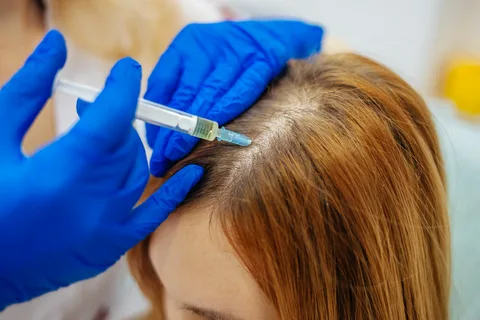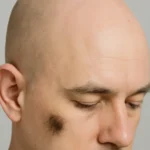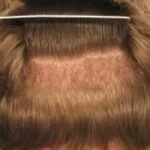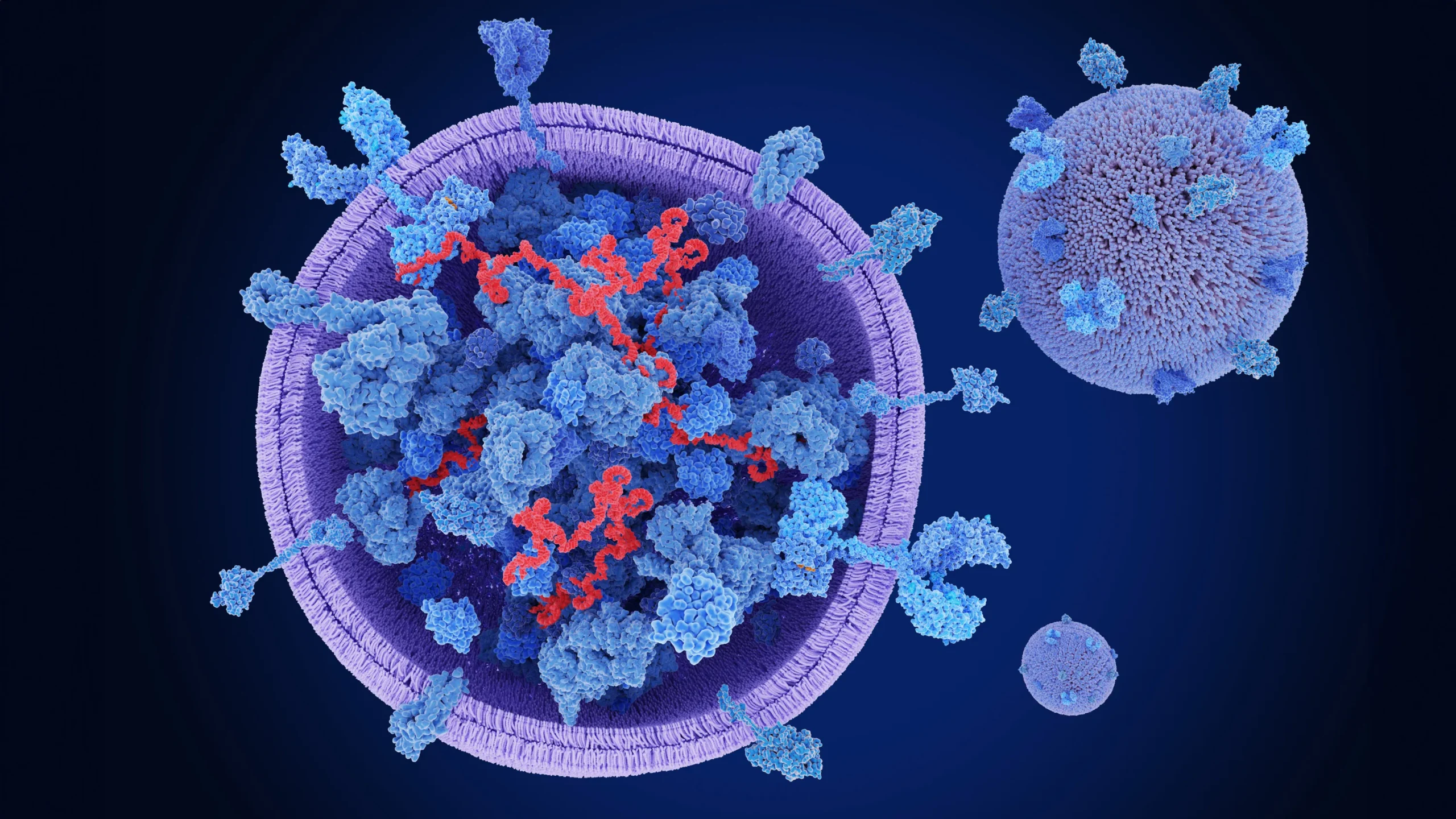Explore the latest research on causes and treatments for hair loss. Learn about effective solutions like FUE, PRP therapy, and non-surgical options. Book a consultation with Dr. Uzma Irfan in Islamabad for personalized hair restoration treatments.
Hair loss is a concern that affects millions of people worldwide, often leading to feelings of insecurity and frustration. Understanding the latest research on causes and treatments for hair loss is crucial in finding the most effective solutions to combat thinning hair and promote regrowth.
With advancements in medical research and technology, treatments such as Follicular Unit Extraction (FUE), Platelet-Rich Plasma (PRP) therapy, and other innovative methods are becoming more accessible. Dr. Uzma Irfan, with her expertise in hair restoration, offers patients in Islamabad cutting-edge treatments backed by the latest scientific research.
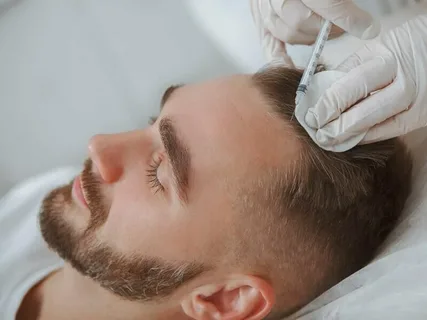
Understanding Hair Loss: The Latest Research on Causes and Treatments
The latest research on causes and treatments of hair loss has uncovered several key factors that contribute to thinning hair. These include:
- Genetics: Male and female pattern baldness is primarily influenced by genetics. Research indicates that specific genes impact hair growth cycles, contributing to hair loss.
- Hormonal Changes: Conditions such as pregnancy, menopause, and thyroid imbalances have been linked to hair thinning. Understanding the role of hormones is a key component in recent research.
- Environmental Factors: Stress, pollution, and certain medications are also identified as triggers for hair loss. The latest research on causes and treatments emphasizes addressing these factors as part of a comprehensive treatment plan.
By understanding these factors, patients can make informed decisions about the most appropriate treatments for their unique needs.
Latest Treatments: How Research Has Improved Hair Loss Solutions
Advancements in medical science have led to the development of several effective treatments for hair loss. Here’s a look at some of the latest research on causes and treatments:
1. Follicular Unit Extraction (FUE)
- Procedure: FUE is a minimally invasive hair transplant technique that involves extracting individual hair follicles from the donor area and transplanting them into areas of thinning or baldness.
- Benefits: FUE offers natural-looking results with minimal scarring and faster recovery times compared to older methods.
- Expected Outcomes: Hair growth typically starts within 3-6 months, with full results visible after 9-12 months.
- Pricing: FUE is priced on a per-graft basis. The cost can vary depending on the number of grafts needed.
2. Platelet-Rich Plasma (PRP) Therapy
- Procedure: PRP involves drawing a small sample of your blood, processing it to concentrate the platelets, and injecting it into the scalp to stimulate hair follicles.
- Benefits: Non-invasive with minimal downtime, PRP helps promote natural hair growth by revitalizing dormant follicles.
- Expected Outcomes: Improved hair density and thickness over a series of sessions.
- Pricing: PRP therapy is typically offered in packages, with costs varying based on the number of sessions.
3. Non-Surgical Hair Restoration Options
- Low-Level Laser Therapy (LLLT): LLLT is a non-invasive treatment that uses red light to stimulate hair follicles, promoting hair growth and reducing shedding.
- Topical Treatments: Minoxidil and Finasteride remain effective options for stimulating hair regrowth.
Each of these treatments has been proven effective through the latest research on causes and treatments, offering individuals multiple options for addressing their hair loss concerns.
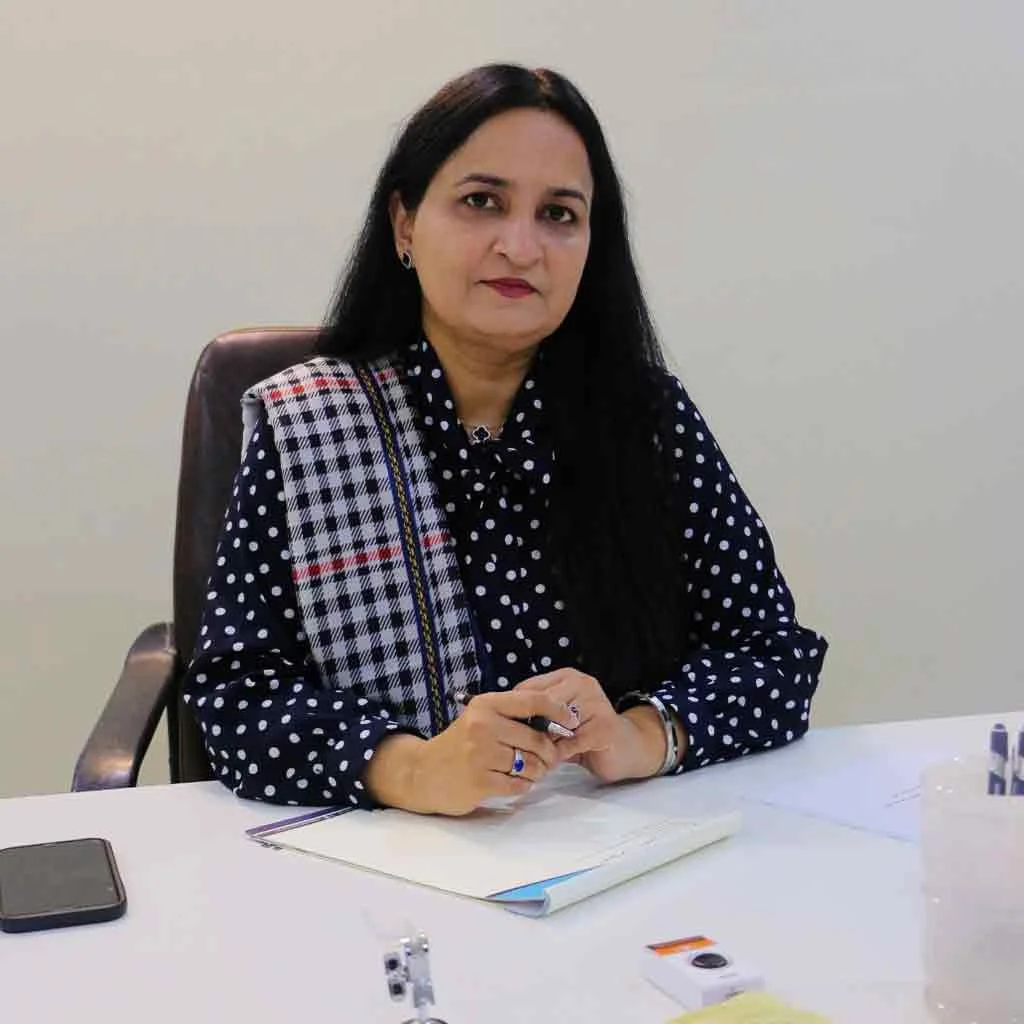
Dr. Uzma Irfan’s Expertise in Hair Restoration
Dr. Uzma Irfan is a renowned specialist in hair restoration with years of experience in treating patients with various forms of hair loss. Her clinic in Islamabad uses the latest research-based treatments to provide personalized care for each patient. Dr. Irfan ensures that every patient receives a thorough consultation to determine the most appropriate treatment for their condition, backed by evidence from the latest research on causes and treatments.
Local and International Relevance
Located in Islamabad, Dr. Uzma Irfan’s clinic caters to both local and international patients seeking solutions for hair loss. With increasing medical tourism in Pakistan, the clinic provides affordable yet world-class services that meet international standards. Patients from around the globe visit Dr. Irfan for advanced hair restoration treatments based on the latest research on causes and treatments.
Book Your Consultation Today
Ready to explore the latest research on causes and treatments for your hair loss? Book a consultation with Dr. Uzma Irfan today to discuss your options and find the best solution for your needs.
- Contact us via phone or WhatsApp to schedule your appointment.
- Explore our before-and-after gallery to see the transformative results of our treatments.
- Learn more about each treatment and how it can help you achieve healthier, fuller hair.
FAQ Section
What is the most effective treatment for hair loss?
The most effective treatment depends on the cause of your hair loss. The latest research on causes and treatments suggests that FUE, PRP therapy, and non-surgical treatments like Minoxidil are among the best options for hair restoration.
How long does it take to see results from FUE?
Results from FUE typically begin to show within 3-6 months, with full results visible after 9-12 months.
Is PRP therapy safe?
Yes, PRP therapy is a safe, non-invasive treatment with minimal risks. It uses your own blood, which reduces the risk of allergic reactions.
How much does hair restoration cost?
The cost of hair restoration treatments varies depending on the procedure and the number of sessions required. Dr. Uzma Irfan will provide a detailed estimate after your consultation.
Can I return to work after a hair transplant?
Yes, most patients can return to work within 7-10 days after FUE, depending on individual recovery.
Follow us on Facebook, Instagram, and YouTube for expert insights and real patient stories.

